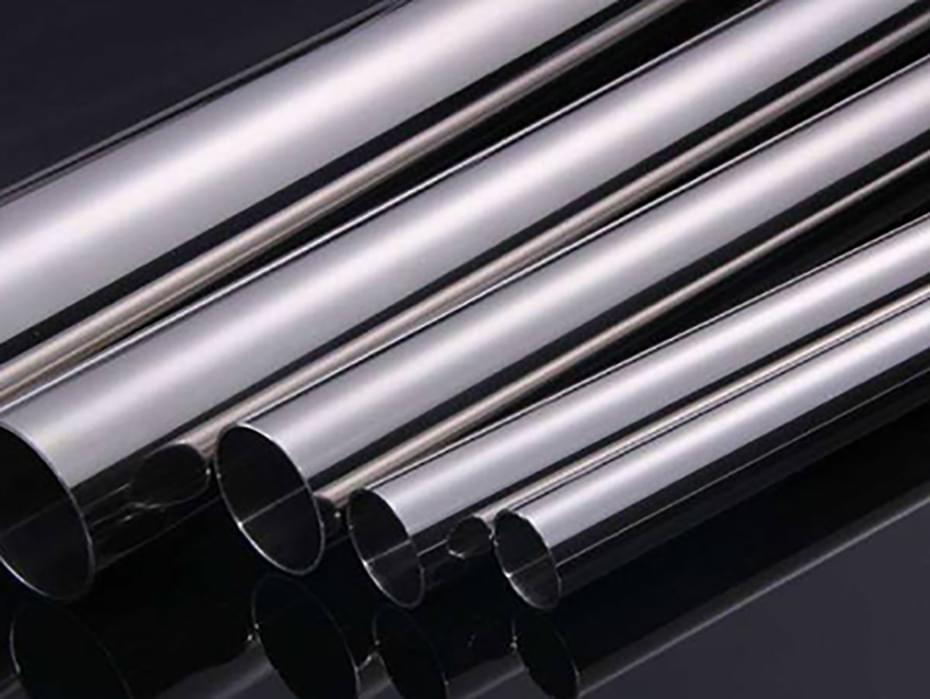Bending stainless steel tubing is a job that requires precise control and skill, and is widely used in a number of industries, including construction, machinery manufacturing and decoration. Due to its hardness and corrosion resistance, stainless steel is prone to cracks, creases or irregular deformations when bending, so you need to choose the right methods and tools. The following are some common bending methods and steps.

1.Preparation
Before bending stainless steel pipe, you should first determine the size, thickness and material of the pipe. Thicker pipe walls have higher bending strength and usually require stronger equipment or higher heating temperatures. In addition, the choice of bending radius is also very important. Too small a bending radius is likely to deform the pipe or even break it. It is usually recommended that the bending radius be not less than three times the diameter of the pipe.
2.Cold bending method
Cold bending method is suitable for smaller diameter stainless steel pipe, and does not require heating. Commonly used cold bending methods include manual pipe bender and CNC pipe bender.
Manual bender: suitable for small and medium-sized stainless steel pipe, usually used for simple bending. Through leverage, the pipe is clamped and then applied force to bend, suitable for homework or small projects.
CNC Tube Bender: For the large number of needs in the industrial sector, the CNC tube bender is more accurate and efficient. It can automatically control the bending angle and bending speed, reducing deformation and error.
Cold bending method has the advantage of simple operation and cost savings, but may not be ideal for larger diameters or thick-walled tubes.
3.Hot bending
Hot bending method is suitable for larger diameter or wall thickness of stainless steel pipe, usually need to heat the pipe before bending.
Heating: acetylene flame, hot air gun or electric heating equipment can be used to evenly heat the pipe, usually heated to 400-500 degrees Celsius or so, to avoid excessive temperatures leading to damage to the stainless steel material.
Bending process: After heating, the pipe is fixed with special bending moulds and clamps, and gradually bent. Hot bending method makes the tube softer, reducing cracks or creases, but pay special attention to the cooling method, usually using natural cooling to prevent tube embrittlement.
4.Roll bending
Roll bending method is mainly applicable to long pipes and large radius bending, such as building facades and large mechanical equipment brackets. The bending angle of the stainless steel tube is gradually changed by rolling to form a uniform arc. This method is suitable for industrial-level bending needs, but the equipment requirements are high.
The bending method of stainless steel pipe varies depending on the material and demand, cold bending method is suitable for small pipe diameter, hot bending method is suitable for thick-walled and large pipe diameter, and roll bending method is suitable for long pipe and large arc. Choose the right bending method, with precise operation and appropriate moulds, can effectively ensure the quality of bending and extend the service life.
Post time: Oct-31-2024





